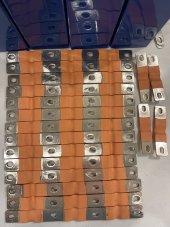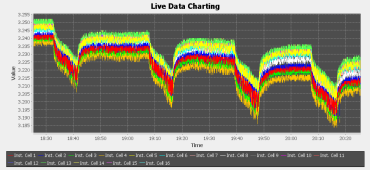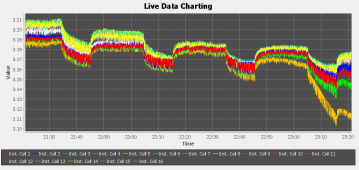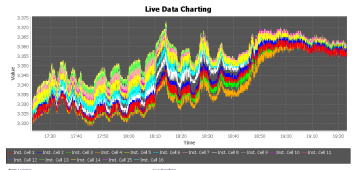Looks like nickel plated copper to my eye. I believe the base material is nickel plated copper which is stamped to shape, then they are stacked, and the heat shrink is applied. So the edges will be bare copper.
Given how flexible they are, hopefully surface imperfections will flatten out with pressure. You could also use a press/vise/hammer/anvil to flatten them out.
It may be possible to take the heat shrink off, and swap the top two/three layers to find a smoother one?
Certainly seems that way. I just used an emery board to fix the two highly imperfect ones and polished everything with a dremel & wheel. They look to be in pretty good shape now. Despite how much material I took off, it's still plated (I didn't reach copper). Much thicker plating than my current bus bars.
You're probably right about rearranging the layers; I do have a vise to recompress everything but I don't think I'd get it right.








